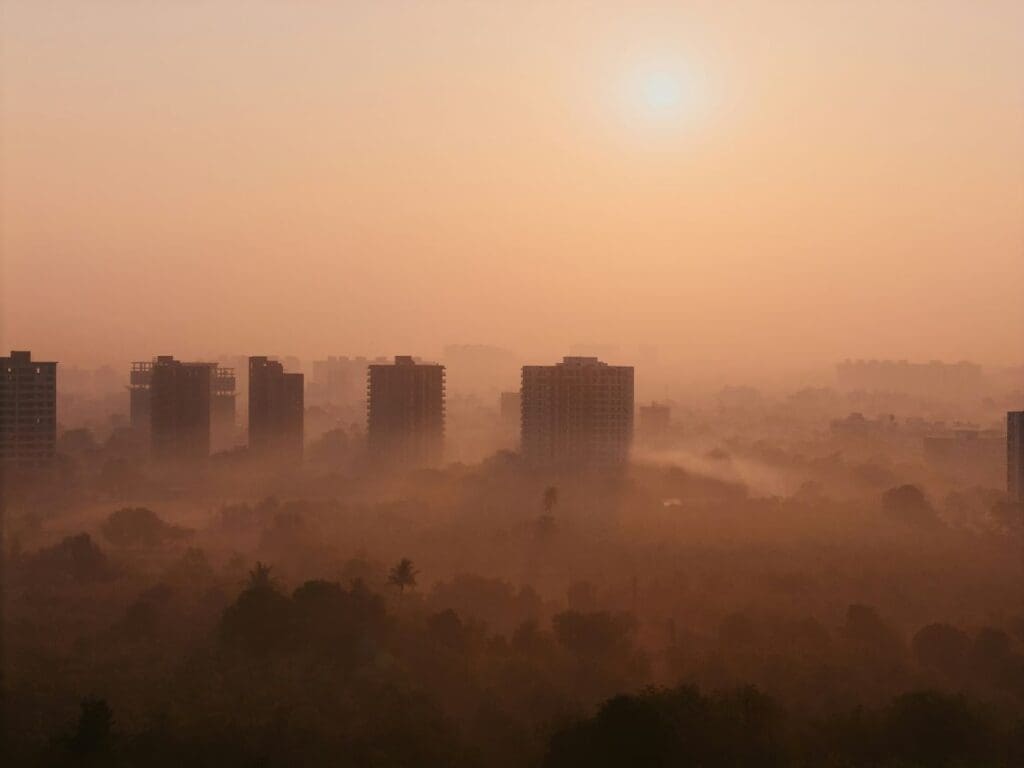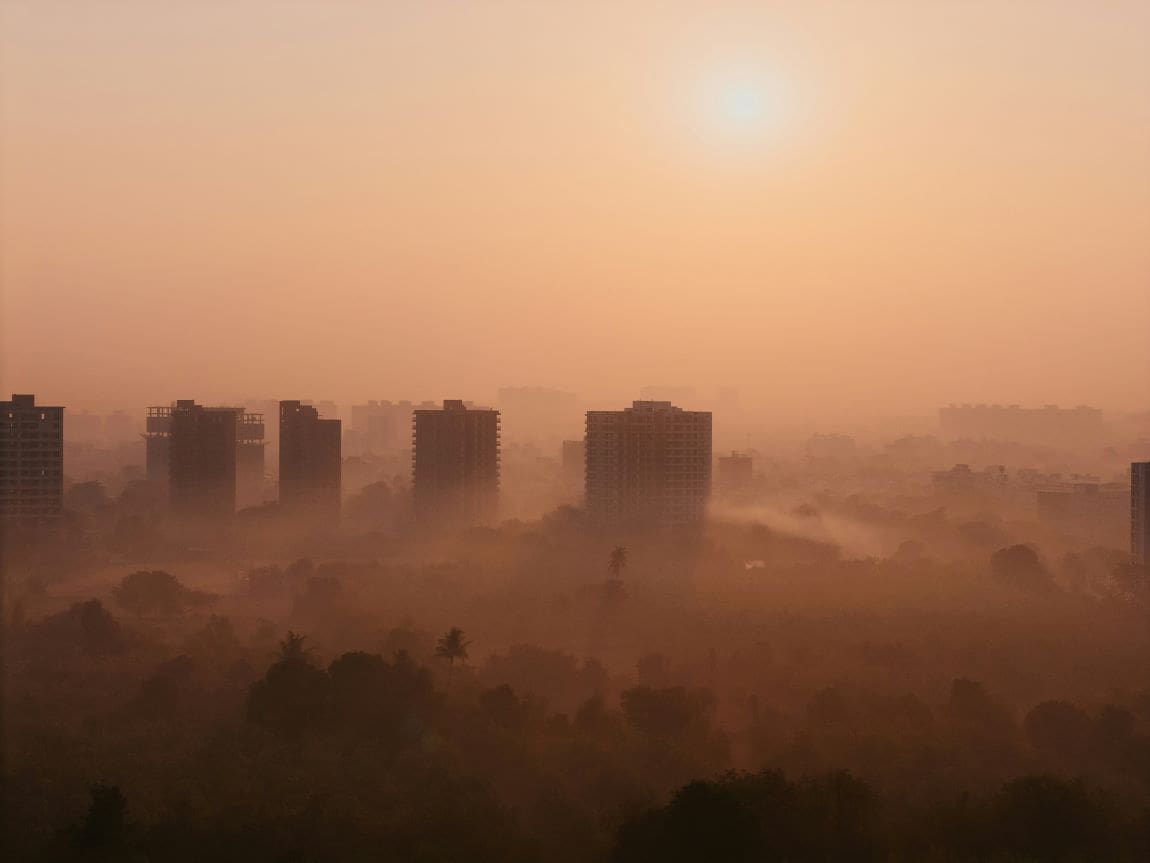Heatwaves are becoming more common, severe and long-lasting. These prolonged periods of hot weather are especially dangerous in already hot places like Texas. In 2023, more than 300 people in Texas died from heat, according to the Texas Department of State Health Services, the most since the state began tracking such deaths in 1989. Researchers found it may not only be temperatures that make heatwaves unsafe but also the heat-related increase in airborne pollutants.
Bianca Pamela Aridjis-Olivos, a graduate student in aerosol and atmospheric chemistry at Texas A&M University will present her team’s results at the fall meeting of the American Chemical Society (ACS). ACS Fall 2025 is being held Aug. 17-21; it features about 9,000 presentations on a range of science topics.
In 2023, as intense heat raged across Texas, Aridjis-Olivos started working with faculty mentor Renyi Zhang and colleagues in the Center for Atmospheric Chemistry and the Environment (CACE) at Texas A&M. Because heatwaves are predicted to worsen across the U.S. in the next few years, the CACE team was motivated to determine how extreme heat impacts atmospheric chemistry and air quality.
The researchers designed and conducted a pilot study of atmospheric chemistry during Texas’ August 2024 heatwave. They collected air samples throughout the day and night from Aug. 5 to Sept. 3 on the university campus in College Station, TX, where temperatures ranged from 90 to 106 degrees Fahrenheit (32 to 41 degrees Celsius). Additionally, the air sampling occurred when there were no wildfires nearby, isolating the effects of the heatwave itself without the influence of wildfire smoke on air quality.

The researchers analyzed air samples for pollutants of public health concern, including nitrogen oxides, ozone, volatile organic compounds (VOCs) and nanoparticles. For this work, they used a suite of sensitive instruments to detect trace gases and measure aerosol properties, including a proton transfer reaction time-of-flight mass spectrometer (PTR-ToF-4000).
“You can think of it like a super sensitive nose,” explained Aridjis-Olivos, adding that the PTR-ToF-4000 sniffs for VOCs then “gently marks them so they could be identified and weighed in real time.”
Results showed concerning levels of ozone, oxygenated VOCs and acid-rich nanoparticles that increased in concentration with outdoor temperatures. The researchers also observed increased levels of airborne pollutants created by sunlight-fueled chemical reactions in the air. Notably, they discovered that, during heatwaves, trees release more natural VOC emissions, including isoprene, a precursor to ozone, that could be harmful in heavily wooded places, such as College Station.
“It really was surprising, how these emissions from trees increase during heatwaves and interact with air pollution,” says Aridjis-Olivos, referring to the region’s ample oak trees. “On their own, the trees’ emissions aren’t dangerous. It’s when they react with other emissions under strong solar radiation that we get elevated ozone and secondary organic aerosols that are dangerous for the public health.”
The researchers are currently analyzing additional data from their August 2024 fieldwork. In the meantime, they share recommendations for keeping safe during heatwaves:
- Stay indoors during peak sunlight hours (typically noon to 4 p.m.), when temperatures and ozone levels are highest.
- Avoid exercising or commuting near major roadways or urban hot spots during extreme heat.
- Keep an eye on the local air quality index and adjust outdoor plans accordingly, when possible.
- Keep windows closed to limit exposure to outdoor air pollutants.
While these tips can help in the short-term, the researchers say real progress depends on understanding how climate change affects atmospheric chemistry and air quality so scientists can better predict pollutant formation and protect public health.
***
The research was funded by Texas A&M University’s vice president of research, ASCEND seed grant initiative, and the Center for Atmospheric Chemistry and the Environment.
Article Source:
Press Release/Material by American Chemical Society (ACS)
Featured image credit: milind bedwa | Unsplash



